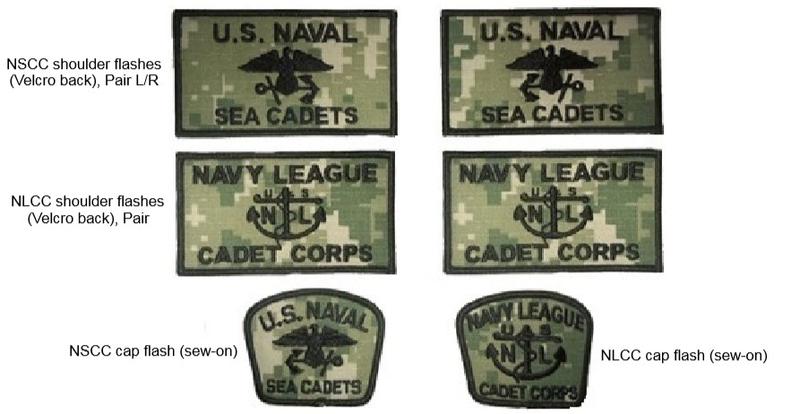

Navy photo by Mass Communication Specialist 3rd Class Paul Coover/Released)Īn interesting stipulation during the transition period is that Sailors can wear either the NWU Type I or NWU Type III until September 30, 2019, at the discretion of the unit commander or commanding officer (CO). The course is designed to provide personnel with basic expeditionary combat skills training necessary to professionally and safely perform high-risk security operations when assigned to Navy Expeditionary Combat Commands. 13, 2013) Students fire M-4 carbines during a live-fire training exercise at the Center for Security Forces Learning Site. As it is, the Navy plans a relatively short transition period when both the NWU Type I and III will be authorized, with the Type III becoming the primary shore working uniform Oct. Naturally, manufacturing production rates could accelerate or delay uniform availability and would mean some adjustment to the implementation schedule. * July 2019 – Other service exchange stores (i.e., Army and Air Force Exchange Service stores) * June 2019 – NEXCOM uniform website and call center * January 2019 – Navy Region Japan and Guam * July 2018 – Navy Region Mid-Atlantic and Naval District Washington Region * October 2017 – New accessions and Sailors assigned to commands at Recruit Training Command, Navy Officer Training Command and Navy Region Southwest However, the uniform is now available for purchase in Navy Exchange Uniform Centers at Newport, Rhode Island Pearl Harbor, Hawaii and at Navy installations in Europe, Africa and Southwest Asia.īelow is the Fleet distribution schedule for the NWU Type III: The 24-month Fleet fielding plan for the NWU Type III begins Oct. The NWU Type II is only used for deployments to the CENTCOM Area of Operations. The Navy also has an NWU Type II for desert use (below, left), which features the AOR 1 pattern. Instead, the Navy is adopting the Type III which utilizes a Woodland camouflage pattern originally developed for use by USSOCOM and adopted by Naval Special Warfare as the AOR 2 pattern. Navy photo by Mass Communication Specialist 2nd Class Charles Oki/Released)Īs you’ll recall, the Navy announced plans to transition from the NWU Type I, commonly known as Blueberries due to its distinct blue camouflage pattern said to be designed to hide stains common to shipboard life. EODMU 2 provides credible, combat-ready EOD forces capable of deploying anywhere, anytime in support of national interests. Mike Peribonio as part of the Navywide operational pause at EODMU 2 headquarters on Joint Expeditionary Base Little Creek. Jason Shell, left, executive officer of Explosive Ordnance Disposal Mobile Unit (EODMU) 2, discusses operational procedures with Lt. The NAVADMIN also offers a list of approved boots Sailors can wear with the uniform. Other components included a matching pattern GoreTex parka with black fleece liner, black knit watch cap and black sweater.Late last week, US Navy personnel received a welcome Labor Day gift with the publication of NAVADMIN 214/17, which updates the wear rules as well as the Fleet distribution plan for the Navy Working Uniform (NWU) Type III. The NWU Type I was intended for year-round wear and was the standard working uniform ashore.Ĭomponents of the uniform included: a unisex shirt and trousers, unisex eight-point cap, 9-inch leather safety boots, Navy blue undershirt and cotton or nylon web belt. The NWU Type I was designed to accommodate male and female sailors and to fulfill multi-functional and geographical uniform requirements at sea and ashore in environments that do not require special or organizational clothing. An embroidered ACE was located on the wearer’s left breast pocket. The emblem was abbreviated as an “ACE,” which stands for anchor, US Constitution and eagle. The emblem included an anchor, a three-masted square-rigged ship and an eagle. The NWU Type I was no longer authorized as of late September, 2019.Įmbedded throughout the fabric were miniaturized features of the inner emblem of the Navy flag with the letters “USN” directly beneath it. It is a four-color (deck gray, haze gray, black and Navy blue) digital pattern design. The Navy Working Uniform Type I, known as "the blueberries" was a utility-style uniform constructed of 50/50 nylon cotton twill fabric.

Categories Personal Equipment Navy Uniforms Uniforms Navy Equipment


 0 kommentar(er)
0 kommentar(er)
